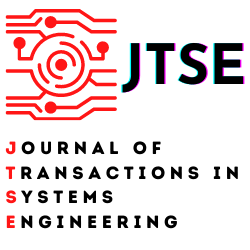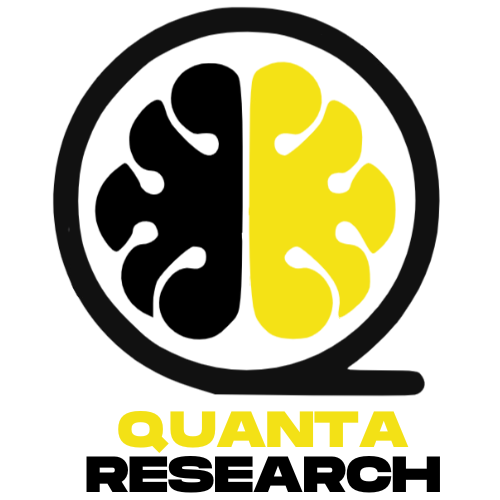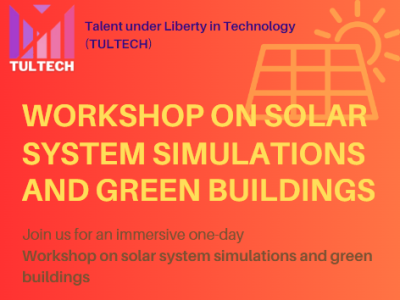Announcements
No announcements yet
New blog posts

Completion of Workshop on Water Recling Simulation and Modelling: Unlocking the Future of Water Management
19 March, 2024 by Charlotte Lee
We are thrilled to announce the successful...

IJITIS Journal Meeting and SWOT Analysis at TULTECH
15 January, 2024 by Charlotte Lee
Greetings, TULTECH community! In our...

A Milestone Meeting for EIL: Shaping the Future of Environmental Industry Letters
15 December, 2023 by Charlotte Lee
Dear TULTECH Community, We are delighted to...
Weather

-0°C
Calendar of Events
Creating an Innovative, Solid, Air Working Battery
Posted on 30 June, 2023 by benyamin chahkandi
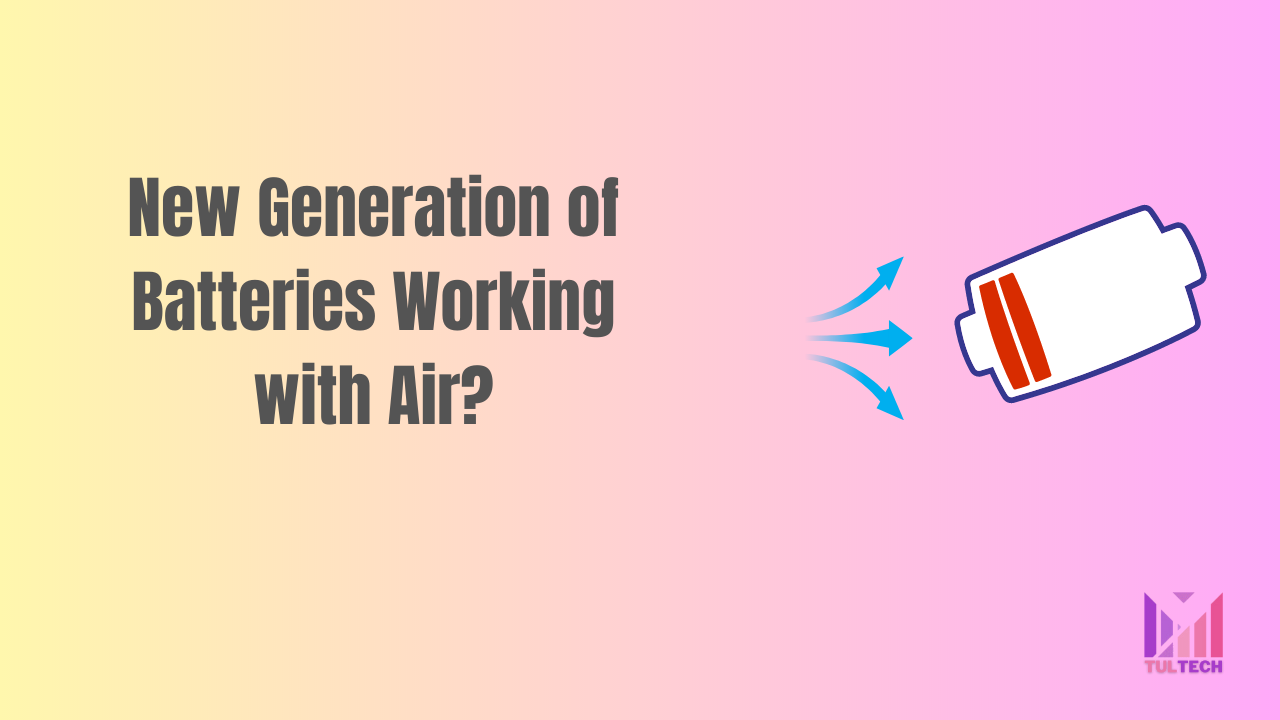
Summary: Typically, negative electrodes in batteries are made of active materials like metals. Rechargeable metal-air batteries with oxygen-reducing positive electrodes have recently used redox-active organic compounds, such as quinone- and amine-based molecules, as negative electrodes. Here, the redox reactions involve protons and hydroxide ions. These batteries operate well and are almost at their theoretical maximum capacity. Furthermore, using redox-active organic molecules in rechargeable air batteries eliminates issues with metals, such as the development of "dendrites," which have an adverse effect on battery performance and the environment. These batteries, like metal-based batteries, use liquid electrolytes, which raise serious safety issues due to their high electrical resistance, leaching effects, and flammability.
Now, a team of Japanese researchers has created an all-solid-state rechargeable air battery (SSAB) and examined its capacity and endurance in a new study that was published in Angewandte Chemie International Edition on May 2, 2023. Professors Kenichi Oyaizu and Kenji Miyatake, both from Waseda University and the University of Yamanashi, co-authored the paper under the direction of Professor Kenji Miyatake.
Due to their stable and reversible redox reactions in acidic environments, the researchers selected the chemical 2,5-dihydroxy-1,4-benzoquinone (DHBQ) and its polymer poly(2,5-dihydroxy-1,4-benzoquinone-3,6-methylene) (PDBM) as active materials for the negative electrode. They also used Nafion, a proton-conductive polymer, as the solid electrolyte in place of traditional liquid electrolytes. To the best of my knowledge, no solid polymer electrolyte and organic electrode air batteries exist.
After the SSAB was installed, the researchers experimentally evaluated its cyclability, rate characteristics, and charge-discharge performance. They discovered that the SSAB does not degrade in the presence of water and oxygen, in contrast to conventional air batteries, which use a metallic negative electrode and an organic liquid electrolyte. A superior negative electrode was created by substituting the redox-active chemical DHBQ with its polymeric analog, PDBM. At a constant current density of 1 mAcm-2, the SSAB-PDBM had a per-gram-discharge capacity of 176.1 mAh, compared to the SSAB-DHBQ's 29.7 mAh.
The researchers also discovered that the SSAB-PDBM's coulombic efficiency was 84% at 4 C rate and gradually declined to 66% at 101 C rate. After 30 cycles, the SSAB-PDBM's discharge capacity dropped to 44%, but the researchers were able to significantly increase it to 78% by adding more proton-conductive polymer to the negative electrode. The performance and durability of the PDBM-based electrode were enhanced by the addition of Nafion, according to electron microscopic images.
This study reveals the successful operation of an SSAB made up of an oxygen-reducing, diffusion-type positive electrode, a solid electrolyte made of a proton-conductive polymer, and redox-active organic molecules as the negative electrode. The researchers are hoping that it will open the door for more development. According to Miyatake, "This technology can increase the battery life of small electronic devices like smartphones and eventually help realize a carbon-free society."
source: www.sciencedaily.com/releases/2023/06/230612114704.htm
Event Categories
Past Events
Workshop on Artificial Intelligence Applications in Smart Cities
20 August, 2024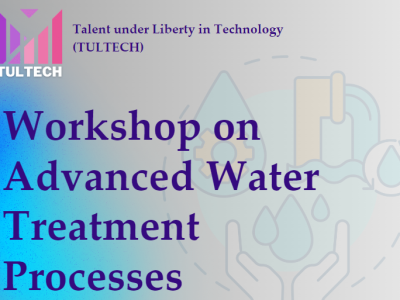
Workshop on Advanced Water Treatment Processes
10 July, 2024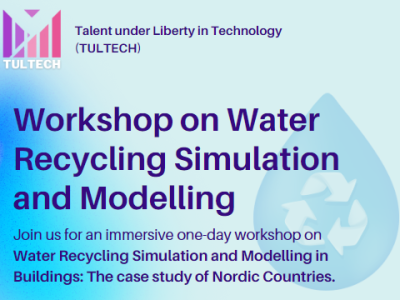
Workshop on Water Recycling Simulation and Modelling
15 March, 2024Today In History
Here are some interesting facts ih history happened on 22 December.
- Moravian missionary constructs 1st schoolhouse west of Allegheny
- Washington resigns his milt commission
- Hawaiian PO established
- US deports 250 alien radicals
- Lincoln Tunnel opened to traffic
- Lockheed SR-71 spy aircraft reaches 3 530 kph (record for a jet)
- Islanders scored 3 shorthanded goals against Caps
- Bernhard Goetz shoots 4 teenagers on a subway train


